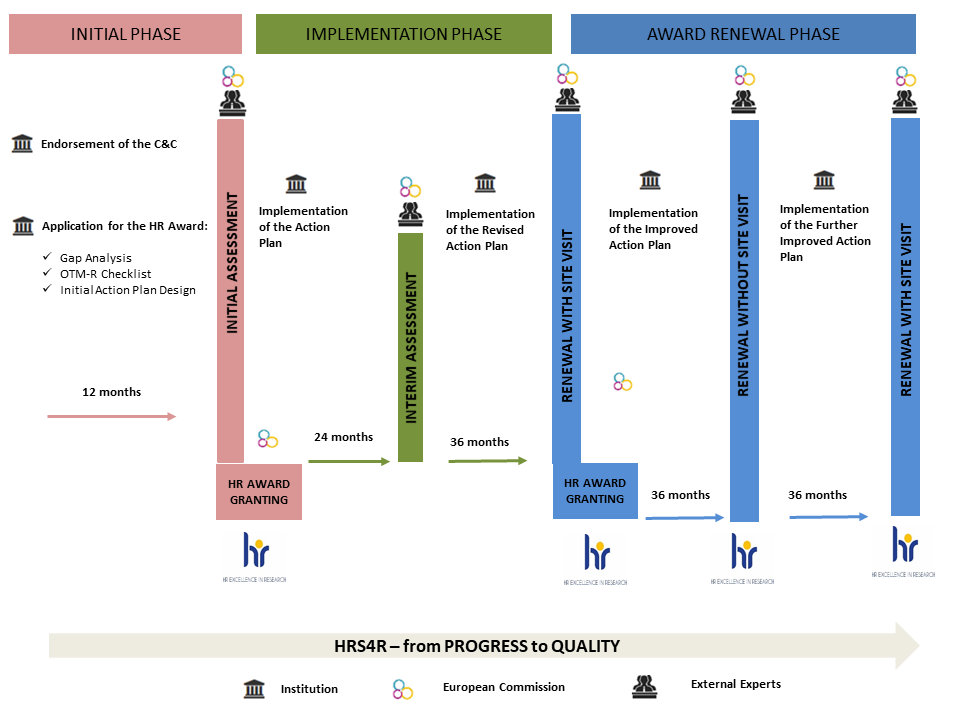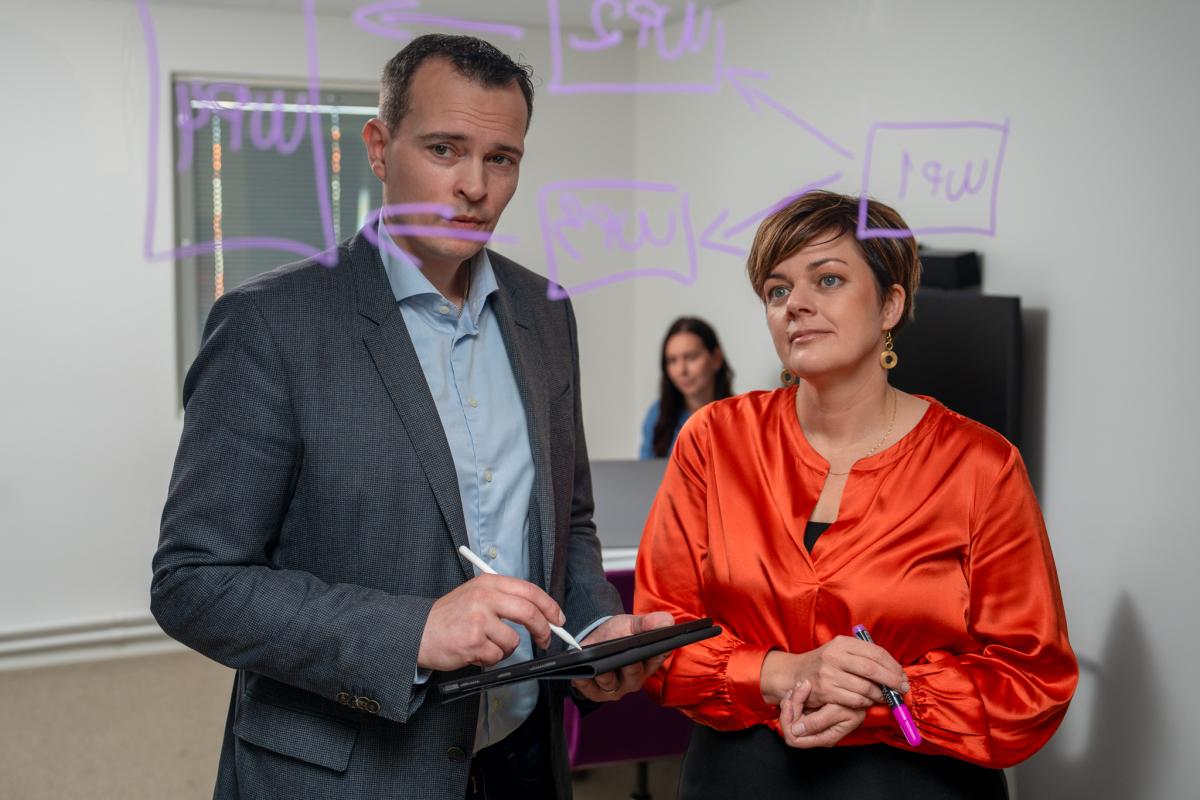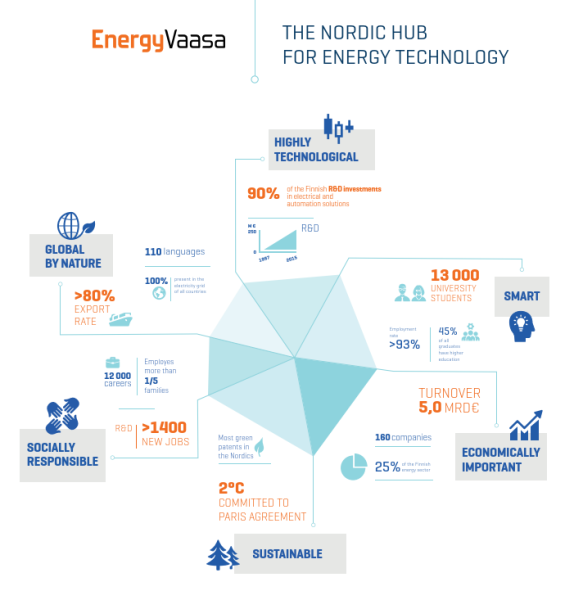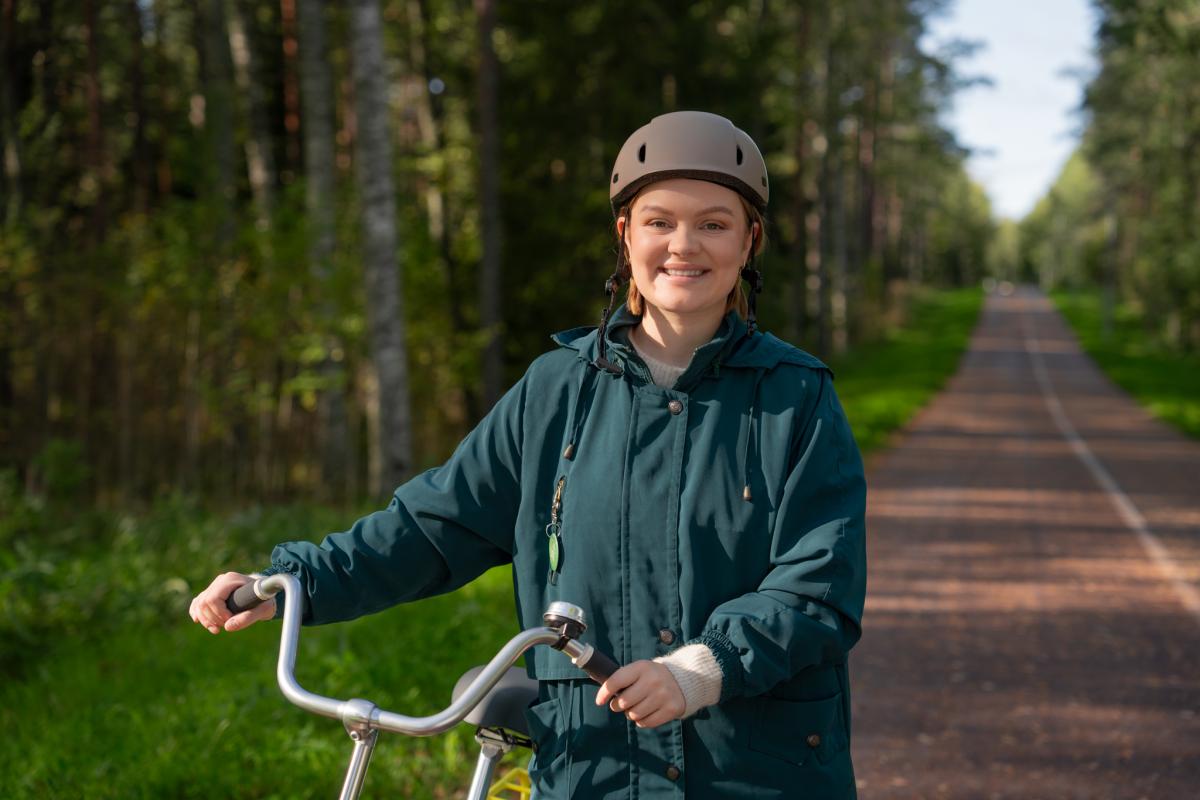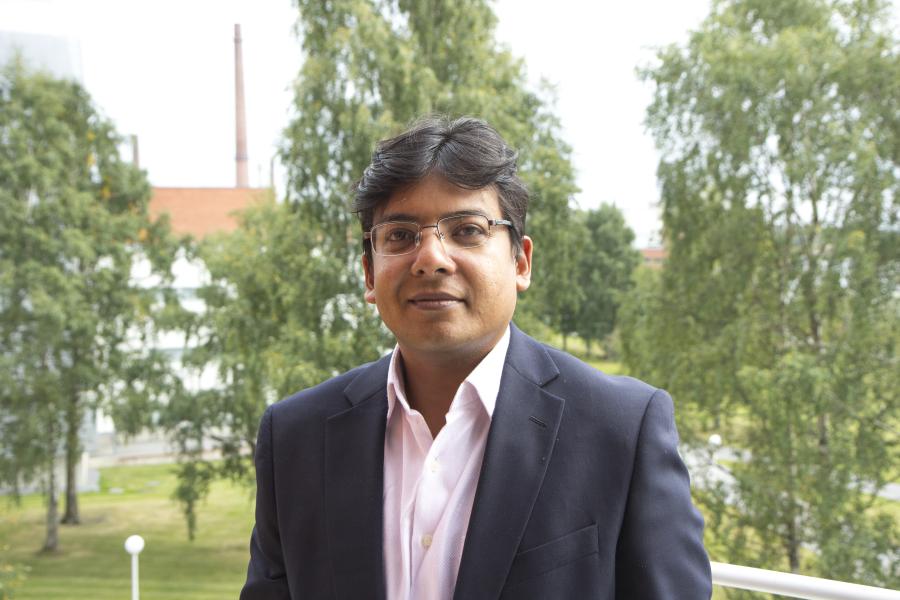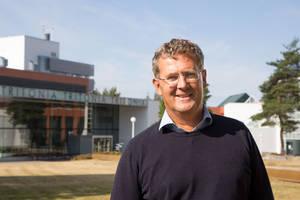HR Excellence
Developing a Sustainable and Attractive Research Environment
We at the University of Vaasa recognize that our strength and success almost exclusively depend on the work contribution of our staff. All our results are directly based on the input of our skilled and committed researchers and teachers and the experts working in the university support functions. Therefore, we focus on the well-being of our staff and developing the working environment.
For us, working with the HRS4R process has been very rewarding. The European Charter for Researchers and the Code of Conduct for their Recruitment is a solid foundation for organizational development and has helped us to identify our strengths as well as development areas. In addition to being an excellent tool for organizational development, the HRS4R development process will further enable us to create a working environment that is conducive to research, embraces diversity and supports the career development of all staff members.
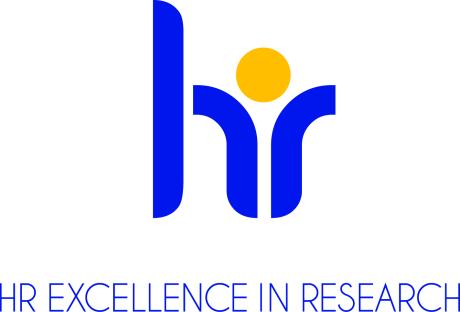
Better working conditions for researches
The University of Vaasa has endorsed the common European recommendations and principles for HR practices aiming at better working conditions for researchers. This set of principles is described in the EU Commission's recommendation: The European Charter for Researchers and the Code of Conduct for the Recruitment of Researchers.
To align our practices with the European charter and code, we have implemented the Human Resources Strategy for Researchers (HRS4R) programme. The HRS4R programme is a solid foundation for organisational development and has helped us identify our strengths as well as development areas. In addition to being an excellent tool for organisational development, the HRS4R development process will further enable us to create the best possible working environment for our staff. Therefore, we have chosen to call our HRS4R action plan Developing a Sustainable and Attractive Research Environment.
As recognition of aligning our policies and practices with the European charter and code and our commitment to implement fair and transparent recruitment and appraisal procedures, we were awarded the HR Excellence in Research logo.
The HRS4R process in brief
INITIAL PHASE
- Conducting an internal analysis to compare practices with the principles of the charter and code
- Developing and publishing an action plan to illustrate how the strategy is adopted.
- Following and initial assessment, acknowledgement by the European Commission and the right to use the HR Excellence in Research logo.
IMPLEMENTATION AND AWARD RENEWAL PHASE
- Implementing the action plan and documenting progress as well as quality of the actions and accompanying measures.
- Following a first and second internal assessment , the HRS4R process continues in a cyclical way. Internal Reviews for the HR Excellence award renewal are carried out every 36 months (alternating the organisation of site visits).
Action plans and internal reviews
Current action plan 2022-2024
Previous action plans
- University of Vaasa Action plan 2017-2020 - PDF (503 KB)
- University of Vaasa Internal Review 2015-2017 - PDF (1 MB)
- University of Vaasa first Action plan
-
DocumentFirst HRS4R action plan - PDF (853 KB)
Open and Transparent, Merit-based Recruitment (OTM-R)
Open, transparent and merit-based recruitment (OTM-R) is an important component of the Human Resources Strategy for Researchers (HRS4R). OTM-R ensures that the best person for the job is recruited, guarantees equal opportunities and access for all, facilitates developing an international portfolio (cooperation, competition, mobility) and makes research careers more attractive.
Using the OTM checklist as a self-assessment tool, we have assessed to which degree our current practices are OTM-compliant and identified where improvements could be made.
- OTM Policy 2022-2024 - PDF (262 KB)
- OTM Policy 2017 - PDF (366 KB)
